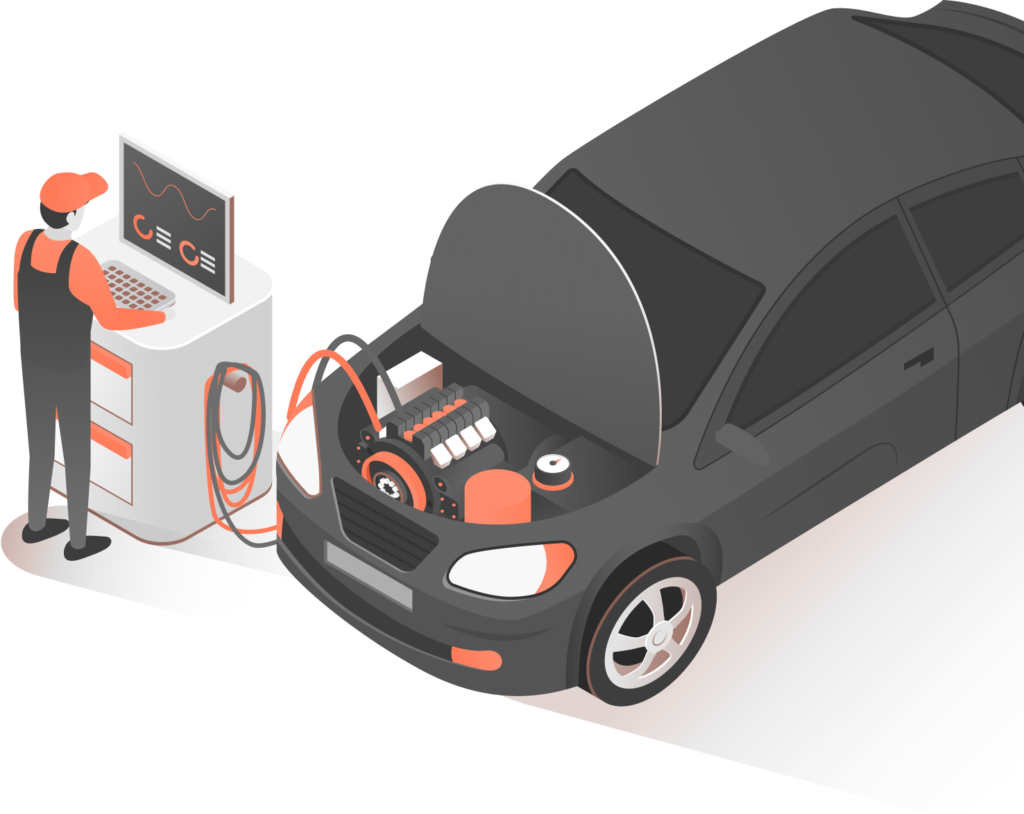An intake manifold gasket is a seal between the intake manifold and the cylinder head of an engine. The gasket is necessary to ensure that air passes through the intake system without disturbance. It allows an air tight seal between these two components as they heat up and cool down under normal engine operation.
The intake manifold on an engine is a large housing, a series of passageways, that distributes and directs air (and sometimes fuel) into the cylinders inside the engine. Attached to one end of the intake manifold on a modern engine is the throttle body that opens and closes to control the amount of air pulled into the engine on its intake stroke. At the other end of the manifold at the place where it bolts to the engine is the cylinder head. When your engine is running, air is drawn through the throttle body by a vacuum (produced by the engine) and into the intake ports of the cylinder head so that it can mix with the fuel entering the combustion chamber. The intake manifold gasket seals this junction.
The procedures to replace an intake manifold gasket will vary depending on the vehicle make and model, its age, and the configuration of the engine. For example, the steps to replace the intake manifold gasket on a small, transverse-mounted four cylinder engine will differ from those on an eight cylinder engine.
In general, a technician will take the following steps to replace an intake manifold gasket:


On some engines, the intake manifold carries air under a vacuum produced during the intake stroke of each cylinder. With other engines, the air is pressurized. In either case, the air must not be allowed to pass through the joint between the manifold and the cylinder head, otherwise the air-to-fuel ratio will suffer. If your intake manifold also uses engine coolant to lower the temperature of the intake air, a coolant leak could result if the gasket fails.
Signs that your vehicle needs a new intake manifold gasket include:




This is demo Question
This is demo Answer

Related Parts
